Facts About the Beautiful Harlequin Holland Lop
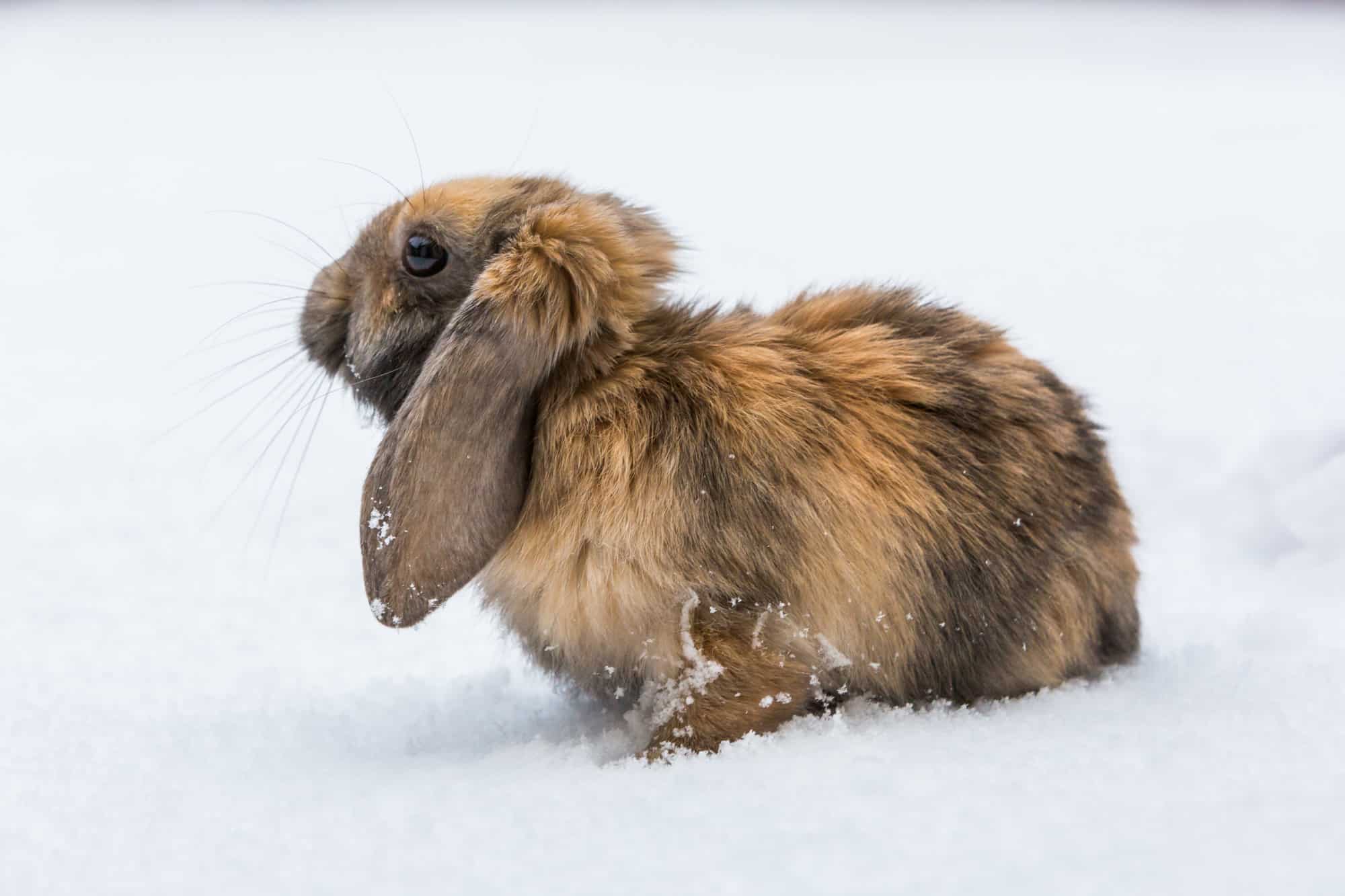
Are you looking for a pet that ranks high in looks and personality? A Harlequin Holland Lop rabbit may be just the one for you. This bun type is on the list of the top 10 popular breeds and even makes it to number 1 in some fur parents’ hearts. What’s so special about Harlequin Holland Lops aside from them being so cute and cuddly? Let’s examine why plenty of rabbit lovers go for this breed.
The Story Behind the Harlequin Holland Lop Rabbit
It took quite a while before the Harlequin Holland Lop that we know came to being. This bun type first appeared in sometime in the 1880s. It was produced by crossing the Tortoiseshell Dutch rabbit with other breeds to create the stunning Harlequin rabbit. The new rabbit type was first shown in France in 1887. It came to the United Kingdom shortly after that.
Harlequin Holland Lops made their way into the U.S. in the 1920s and were later recognized by the American Rabbit Breeders Association (ARBA). Holland Lop refers to the breed, while harlequin indicates the coat pattern and color.
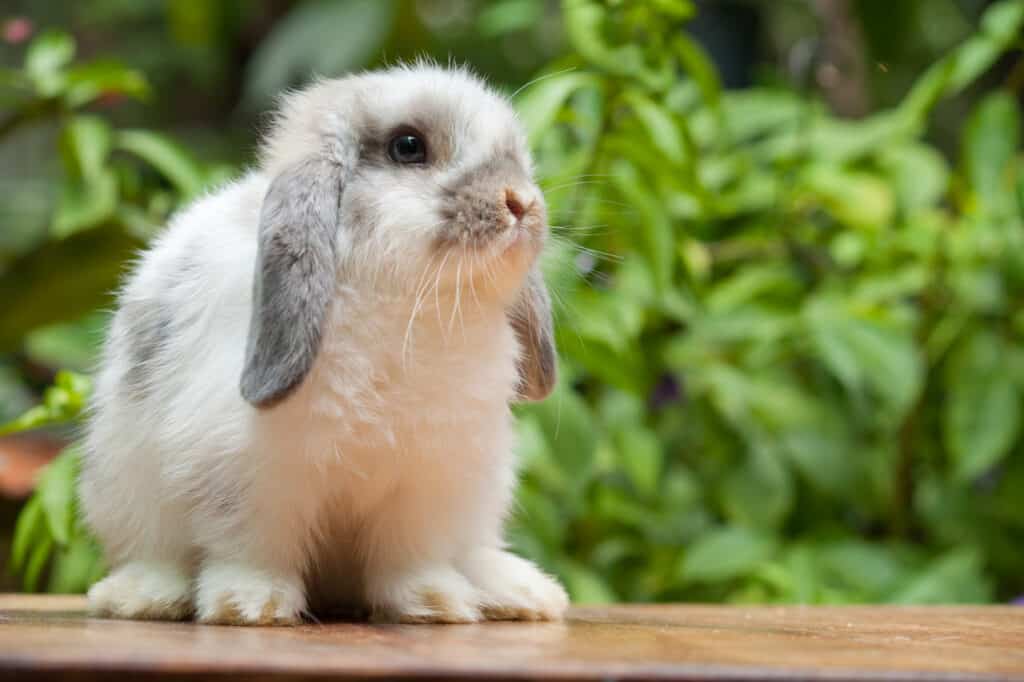
Features of this Soft Rabbit
Like most rabbit breeds, Harlequin Holland Lops have distinctive traits that make them stand out.
General Appearance
With a weight that ranges from 6.5 to 9.5 pounds, Harlequin Holland Lops are considered a medium to large breed, but not quite as large as some large breed rabbits. The does (females) are often heavier than the bucks (males).
A rounded body and broad head characterize this breed. This bun also has medium-length ears that display the distinctive lop.
Coat
Harlequin Holland Lops have a soft, dense coat that quickly rolls back into place when stroked in the opposite direction. Fortunately, these bun types don’t have high grooming needs, one reason that adds to their popularity as pets.
Color
Their coat color is the breed’s most striking and distinctive attribute. The term harlequin refers to an alternating pattern of colors, much like the Harlequin clown’s mask. For these Lops, the two-tone combinations come in 4 variations. These include:
- Chocolate and orange
- Black and orange
- Lilac, cream, and fawn
- Blue, cream, and fawn
Meanwhile, the coat markings are typically in bars, bands, or a mix of the two patterns.
Personality
It’s in this area that this Lop breed shines. Buns from this breed are often curious and love to explore. They may seem quite independent as they investigate their surroundings, but they’ll enjoy displays of affection and a few strokes or back scratches from their humans.
Calm, docile, and good-natured, Harlequin Holland Lops make excellent pets and can happily get along with other companion animals. That said, you should respect your rabbit’s space and supervise interactions between your bun and other pets.
Also, like most rabbits, Harlequin Holland Lops are pretty delicate, so don’t leave your bun unsupervised with small children.
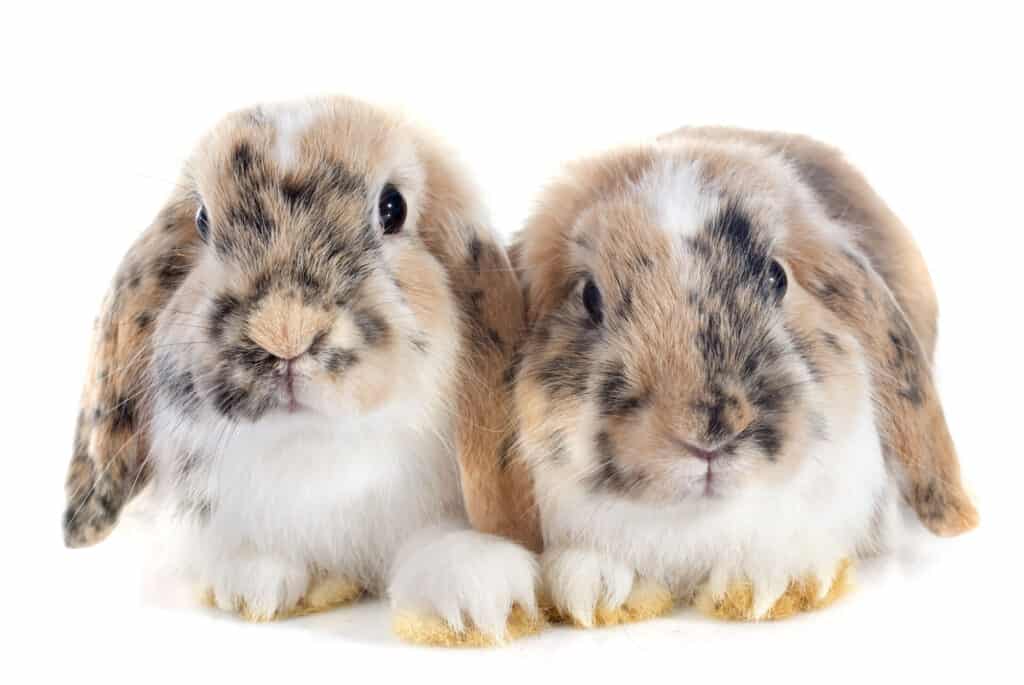
Health Issues
This rabbit type is quite hardy. Still, it can suffer from ailments common to its kind.
- Digestive problems: Because rabbits have sensitive digestions, improper feeding can quickly lead to health issues, such as GI stasis.
- Respiratory diseases: Despite your best efforts, your pet can get respiratory infections. Have your Holland Harlequin Lop checked by a rabbit-savvy vet if he looks unwell. Symptoms of respiratory ailments include sneezing, snuffling, nasal discharges, head-tilting, salivation, and loss of appetite.
- Dental ailments: We mentioned that rabbits’ teeth never stop growing. As such, those pearly whites need filing down; otherwise, they get overlong and lead to dental issues, such as pain, cuts, and sores in the mouth.
Caring for Harlequin Holland Lops
This bun type has similar care requirements as other rabbit breeds. Let’s look into some of those.
Living Space
They may be average in size, but they need space to move around and exercise. Their cage should be big enough to allow them to do the following:
- Stand on their back legs without the tips of their ears touching the ceiling.
- Hop around 3 times from one end of the cage to the other.
- Extend their legs fully while lying down without touching the cage’s walls.
Buy cages made from heavy gauge wires that your rabbit won’t be able to gnaw through, and make sure your pet has a solid bottom to stand on. The skin on rabbits’ feet is relatively thin, and standing on wires can lead to sore hocks.
Harlequin Holland Lops have an average energy level. Still, they’ll need a rabbit run to fulfill their exercise requirements.
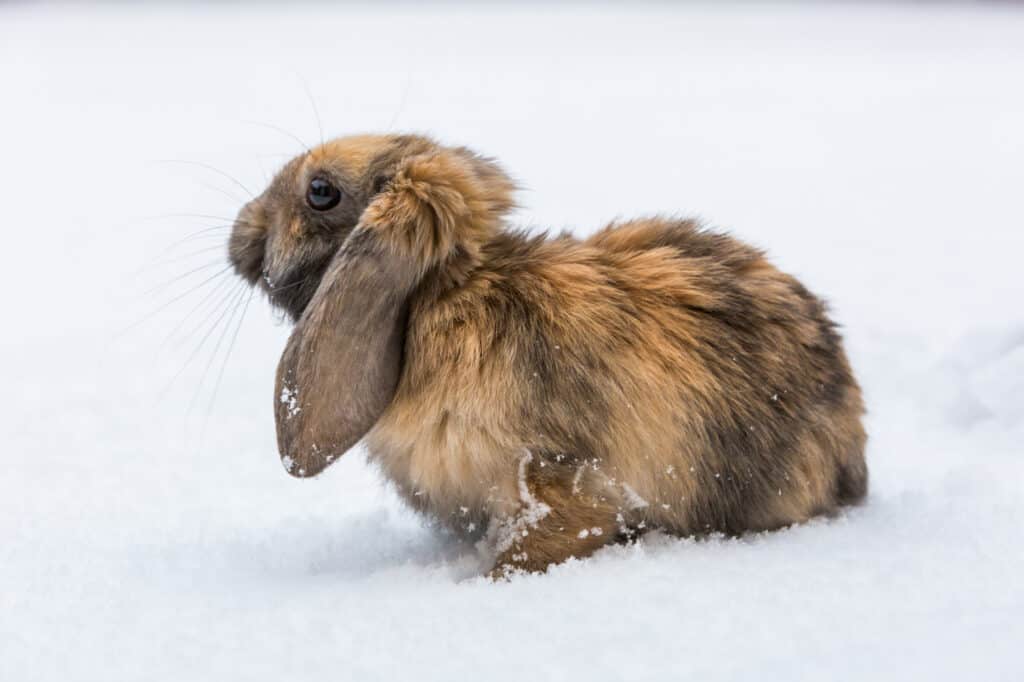
Feeding Requirements
If you can provide only two things for your bun, make sure these are an unlimited supply of hay and fresh, clean water. Aside from supporting your pet’s nutritional needs, hay helps move the food down his digestive tract. This is essential to rabbits as they’re prone to digestion issues.
Meanwhile, water helps keep your bun hydrated, absorb the nutrients in his food and remove body wastes. So remember to fill his water bottle or bowl with this vital liquid.
Leafy greens, fruits (grapes, watermelon and even bananas!), and pellets will provide variety to your pet’s meals and furnish his body with essential vitamins and minerals.
Activities
Even the most laid-back rabbit requires some form of exercise. Let your bun stretch his legs by letting him out of his cage a few hours a day. Remember to rabbit-proof your home if you want to let your pet roam free without constant supervision, otherwise your carpets and walls will take a beating. Alternatively, take him to a rabbit-friendly park.
Don’t forget to provide toys for mental stimulation. Rabbits with nothing to do can get bored and lonely and may resort to destructive behaviors. Chew toys will allow a Harlequin Holland Lop to satisfy his innate need to chew and grind down his perpetually-growing teeth as well.
Grooming
Fortunately, their gorgeous coat requires little grooming. Shedding is minimal, so you’ll only need to brush your pet about once a week to get rid of loose fur. Increase the frequency during molting season to avoid matting, knots, and tangles.
Now you know why a Harlequin Holland Lop is among the country’s favorite bun breeds. Getting one will surely be a fulfilling experience for you and your family. In return for your pet’s love and affection, make sure you provide adequately for his needs.
We hope you enjoyed this post! If you did, will you give it a share or two 🙂 Thank you! ~from Every Bunny Welcome

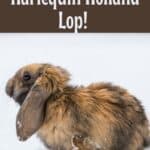
![Angora Rabbit Facts [Updated 2022]](https://everybunnywelcome.com/wp-content/uploads/2022/01/angora-rabbit-facts-768x512.jpg)
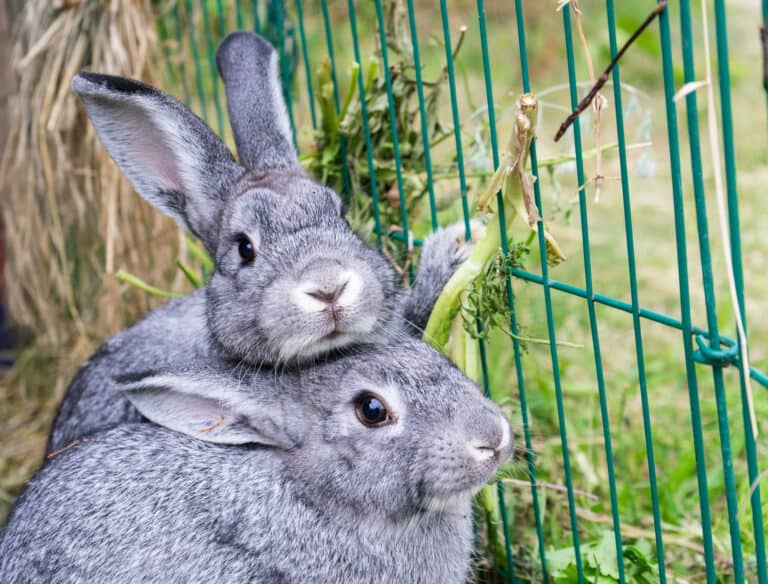
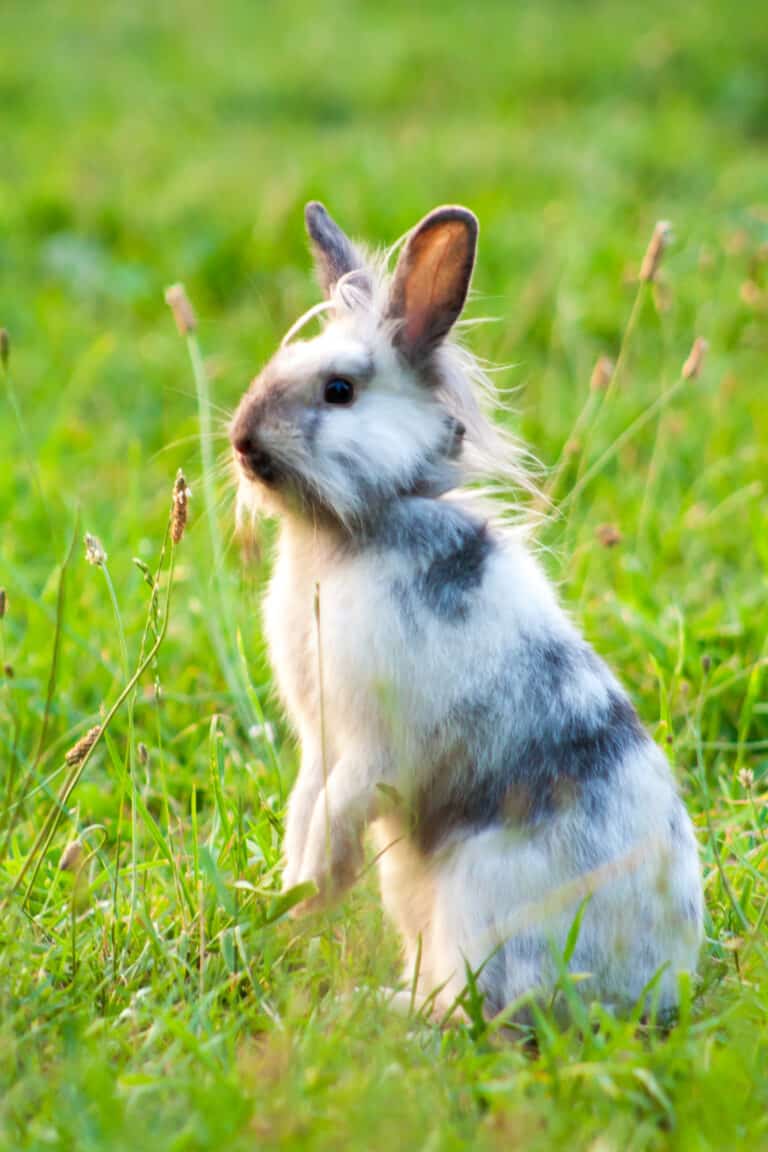
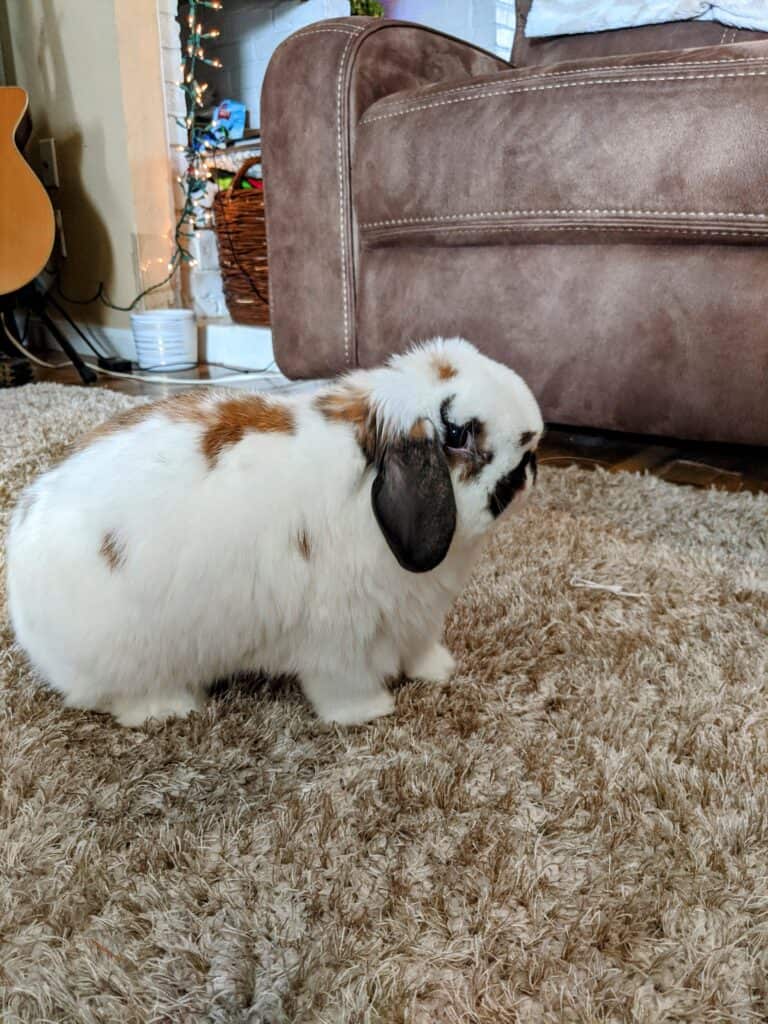
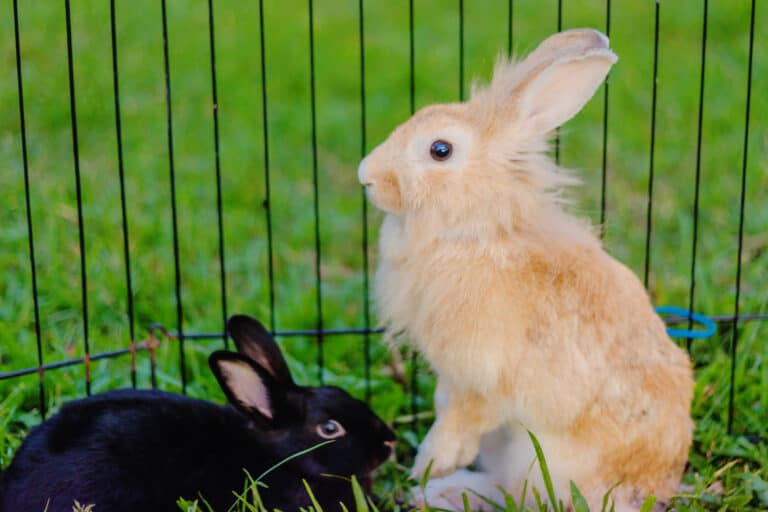
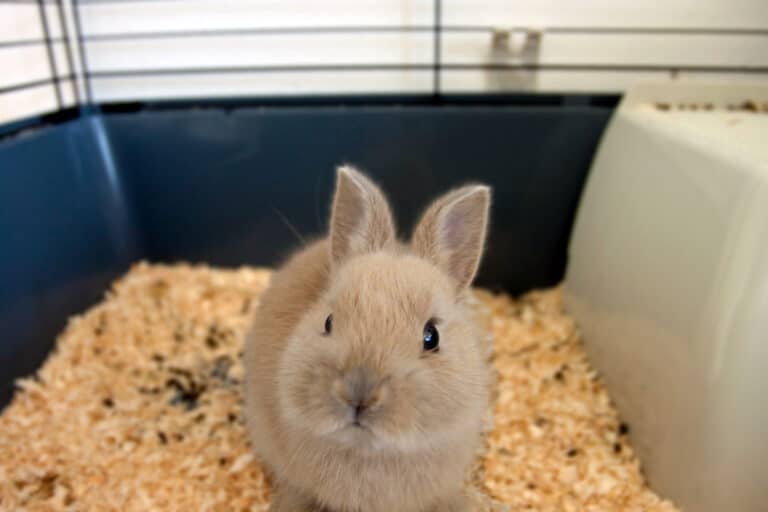
Extremely helpful as we find our little guy wandering in our driveway about 2wks after Easter. We’re reading everything we can and finally found a vet without a 3 month wait list to get him a check up and then neutered. He’s extremely affectionate!!! I never knew rabbits were so smart, cuddly, and affectionate!!!!
Aw, love this! What a great rescue story 🙂
Christine